Find maximum voltage across AB in the circuit shown in figure. Assume that the diode is ideal.
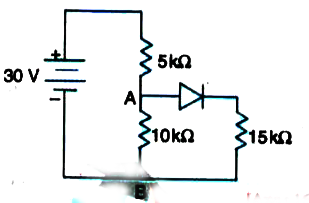
Video Solution
Text Solution
As the diode is treated ideal, its forward resistance Rf= zero.
It acts as short circuit. So, 10kΩ is in parallel with 15kΩ and the effective resistance across AB is
RAB=10×1510+15=10×1525=6kΩ
6kΩis in series with 5kΩ
∴ total resistance = RT=6kΩ+5kΩ=11kΩ
V=30V. Current drawn from the battery is
I=VRT=30V11kΩ=2.72mA
VAB=IRAB=2.72mA×6kΩ=16.32V
|
Updated on:21/07/2023
Topper's Solved these Questions
- BOOK - AAKASH SERIESCHAPTER - SEMICONDUCTOR DEVICESEXERCISE - EXERCISE -I (ENERGY BANDS AND CLASSIFICATION OF SOLIDS )41videos
SEMICONDUCTOR DEVICES
- BOOK - AAKASH SERIESCHAPTER - SEMICONDUCTOR DEVICESEXERCISE - EXERCISE -I (P-N JUNCTION DIODE)30videos
SEMICONDUCTOR DEVICES
- BOOK - AAKASH SERIESCHAPTER - SEMICONDUCTOR DEVICESEXERCISE - Problems (LEVEL-II)9videos
SEMICONDUCTOR DEVICES
- BOOK - AAKASH SERIESCHAPTER - RAY OPTICSEXERCISE - PROBLEMS ( LEVEL-II)60videos
RAY OPTICS
- BOOK - AAKASH SERIESCHAPTER - UNITS AND MEASUREMENTEXERCISE - PRACTICE EXERCISE45videos
UNITS AND MEASUREMENT
Similar Questions
Knowledge Check
- Question 1 - Select One
In figure , assuming the diodes to be ideal ,
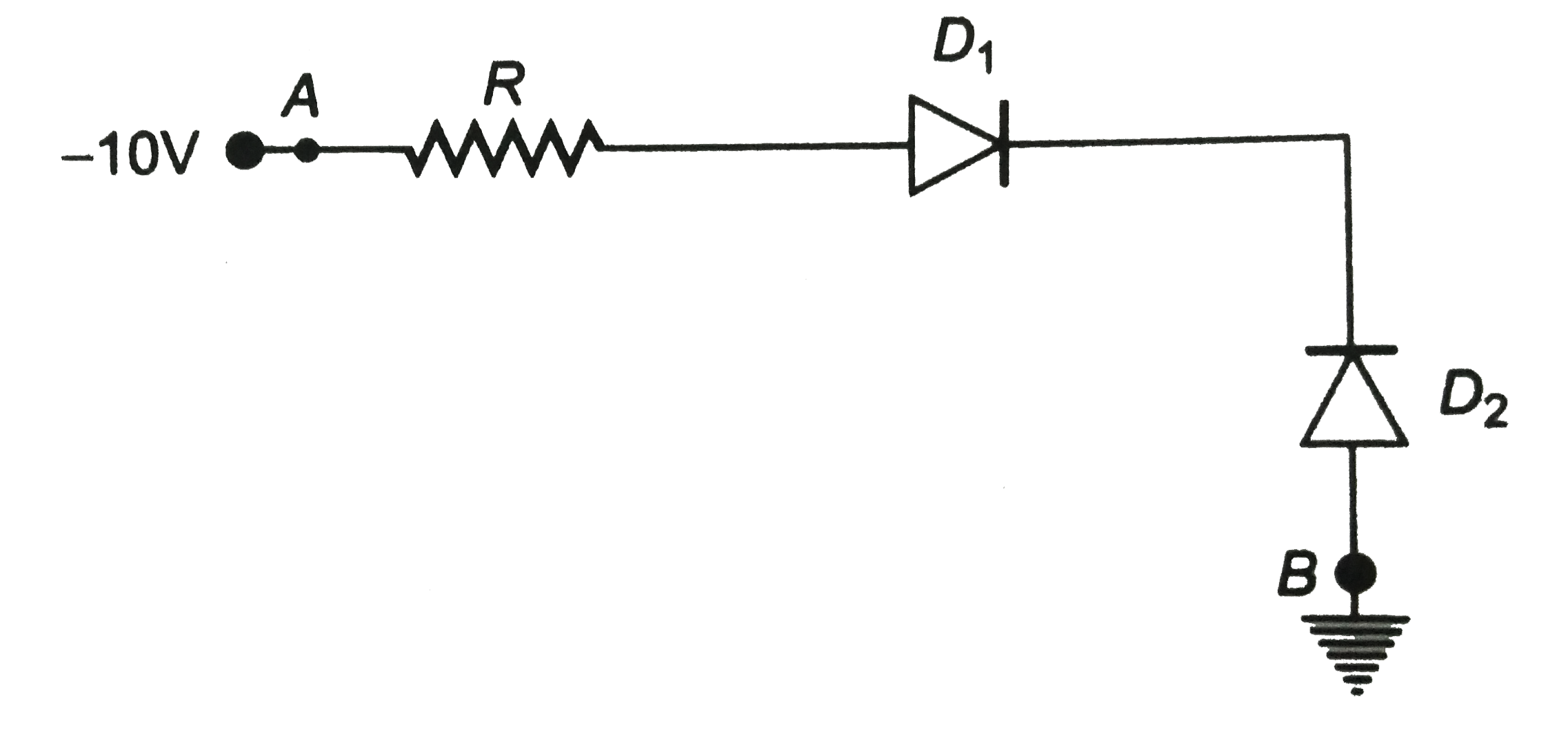 AD1 is forward biased and D2 is reverse biased and hence current flows from A to B.BD2 is forward biased and D1 is reverse biased and hence no current flows from B to A and vice versa.CD1andD2 are both forward biased and hence current flows from A to B.DD1andD2 are both reverse biased and hence no current flows from A to B and vice versa
AD1 is forward biased and D2 is reverse biased and hence current flows from A to B.BD2 is forward biased and D1 is reverse biased and hence no current flows from B to A and vice versa.CD1andD2 are both forward biased and hence current flows from A to B.DD1andD2 are both reverse biased and hence no current flows from A to B and vice versa
In the circuit shown in figure find Vab at 1s
 View Solution
View SolutionIn figure, assuming the diodes to be ideal,
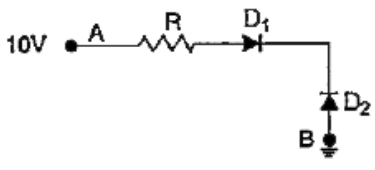 View Solution
View SolutionIn figure , assuming the diodes to be ideal ,
 View Solution
View SolutionIn figure , assuming the diodes to be ideal ,
 View Solution
View SolutionIn the circuit shown, the current through the ideal diode is
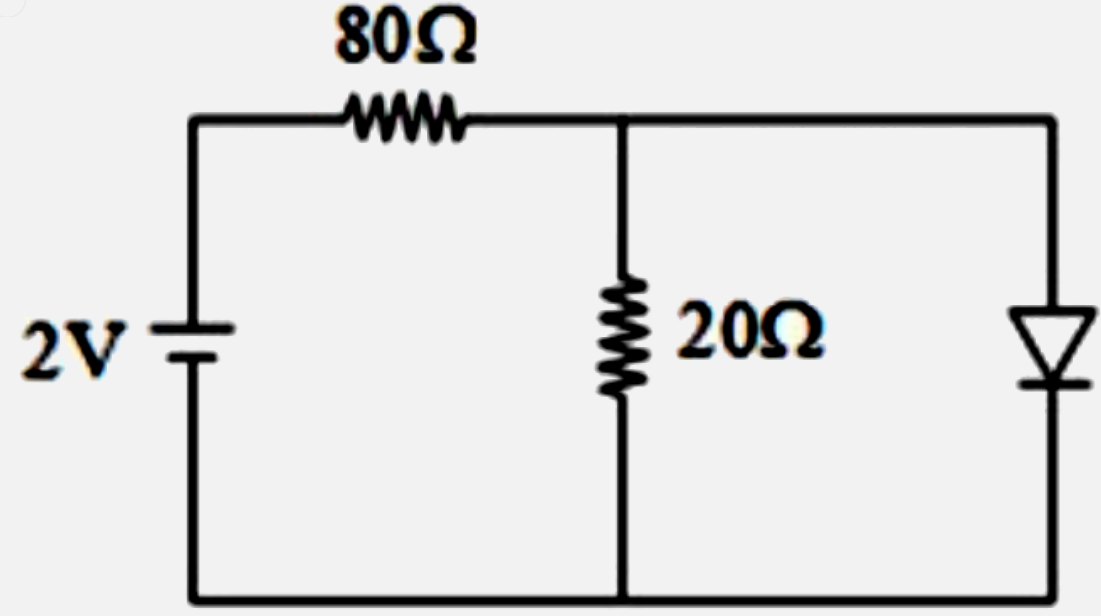 View Solution
View SolutionIn the circuit shown in figure potential difference across
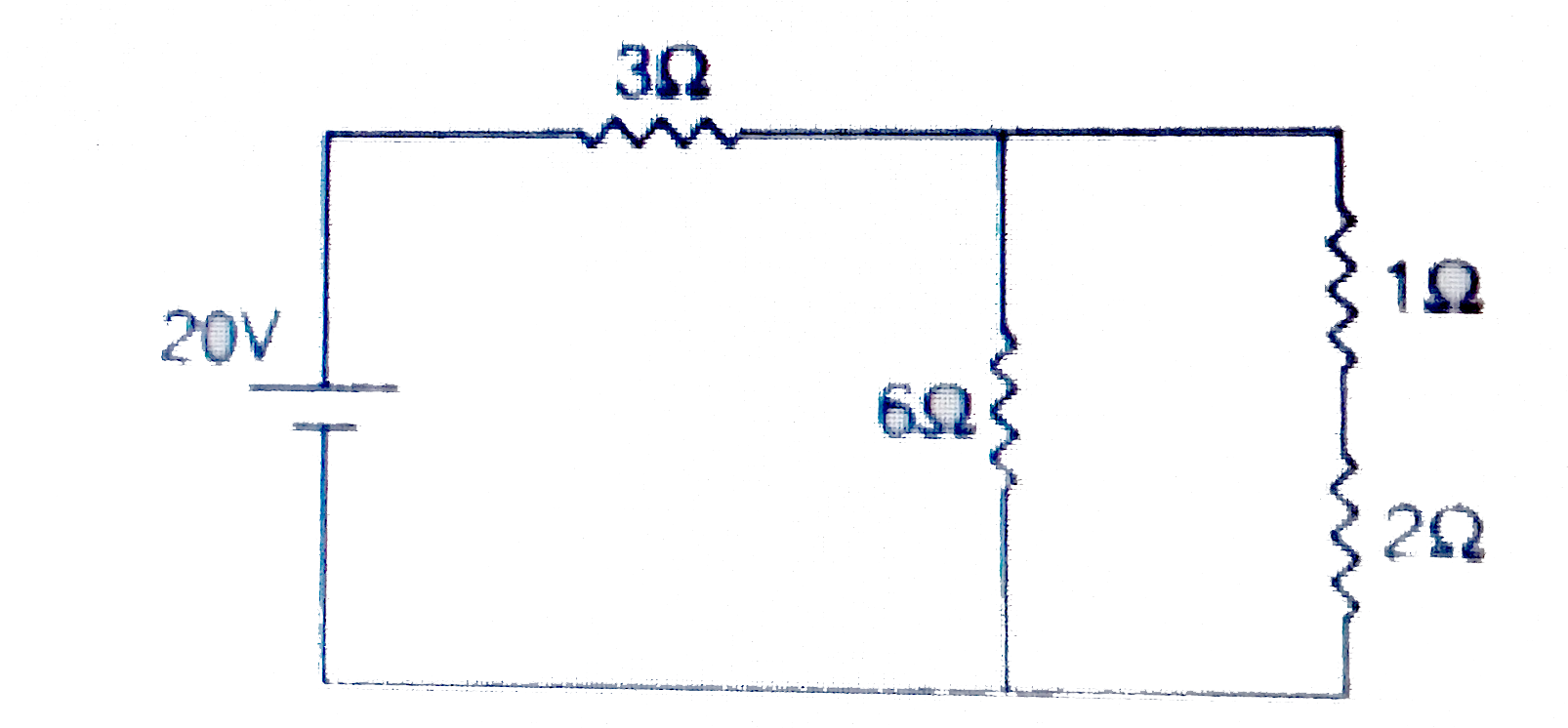 View Solution
View SolutionFind the resistance across AB in the network shown .
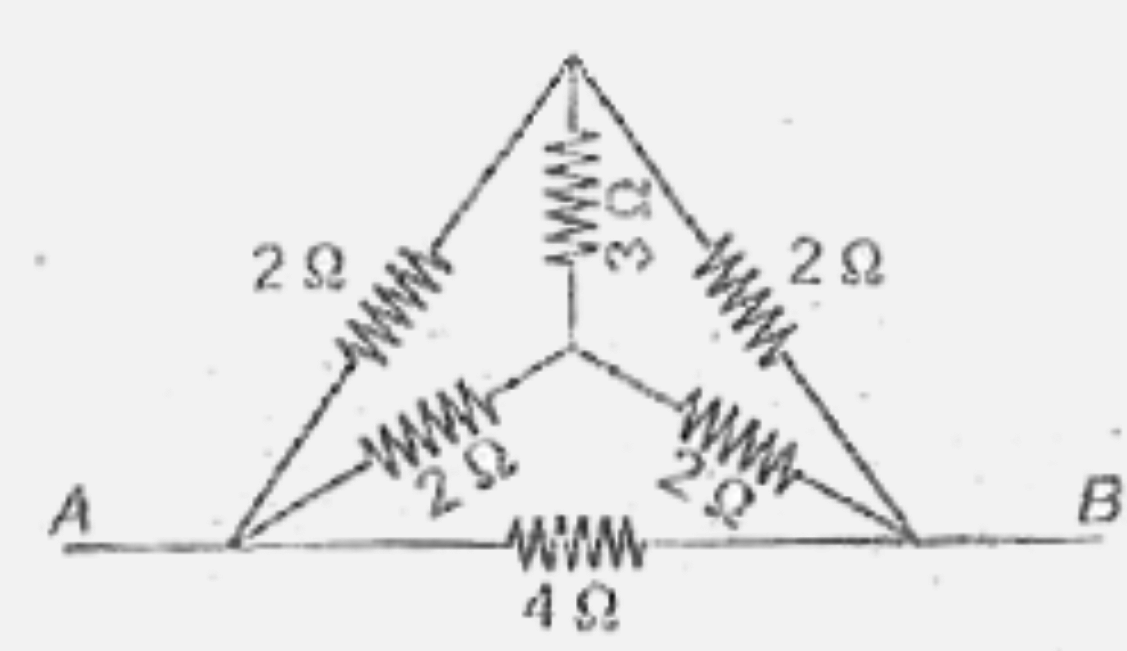 View Solution
View Solution



